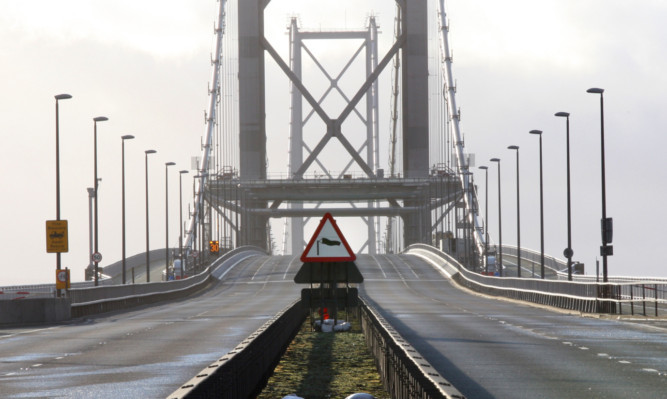Corrosion of the existing Forth Road Bridge has slowed as a result of efforts to dry out the support cables, a report has found.
The latest inspection report by the Forth Estuary Transport Authority (Feta) has found that “the rate of deterioration of cable strength has been reduced”.
Government body Transport Scotland said the report reaffirms its plan to turn the bridge into a “dedicated public transport crossing” once the Forth Replacement Crossing has opened.
However, the Green Party said the report “removes the central justification” for the creation of the FRC, which was to replace the existing bridge, which previous reports indicated was deteriorating fast.
A spokesman for Transport Minister Keith Brown said the Greens are “irresponsible and wrong”.
Feta said the report gives “strong comfort that the newly-installed dehumidification system is retarding the corrosion of the bridge wires”.
It added: “Although wire corrosion appears to have been slowed down, there are still existing cracks in some of the wires that might propagate from corrosion pits that existed prior to installation of the dehumidification system.
“These cracks may eventually lead to the wire fractures but the rate of breakages is expected to slow significantly. This should result in a further slowing down of deterioration of the cables.”
A Transport Scotland spokesman said: “While the dehumidification process wasn’t the key reason for going ahead with the new Forth crossing, we welcome the fact that Feta’s efforts appear to be working and congratulate those involved.”
